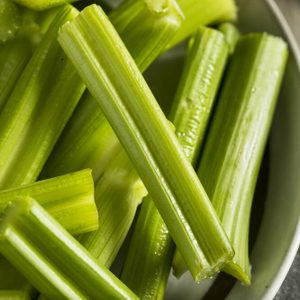
Soak your celery.
The reason celery becomes limp in the refrigerator over time is because it gets dehydrated. To revive it, cut off the bottom pieces of each stalk and stand them up in a bath of cold water (add a few ice cubes to help keep it as cold as possible).

Chill your bananas.
The average shelf life for this fruit is five to seven days. Leave a bundle on the counter for longer and you’ll attract those pesky fruit flies. If you notice your bananas turning brown, stick them in the fridge. The peels will turn brown but the insides are perfectly good. (Or you could always make banana bread.)
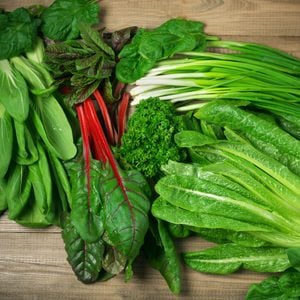
Freeze your greens.
Those leafy greens you stocked up on at the grocery store (kale, spinach, collards, etc.) don’t last very long. But no need to throw them away once they start to wilt—seal them in a Ziploc bag and place in the freezer. Perfect for making smoothies for breakfast!
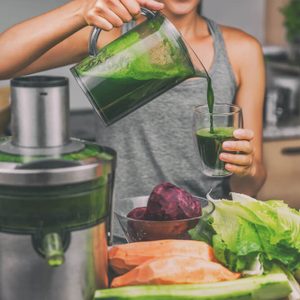
Juice your veggies.
There’s a reason juicing is such a buzzword in the wellness world right now—it’s a super healthy way to sneak more vegetables into your diet. And it’s an easy way to use up any cucumbers, carrots, or celery (and even fruit) that are on their last legs.

Marinate your meat.
That extra ripe kiwi you have? Turns out it’s great for making a marinade. That’s because kiwi contains a specific enzyme known as actidinain that is able to break down protein faster, leaving your steak much more tender and delicious. Mash it up with olive oil and spices and rub it in.
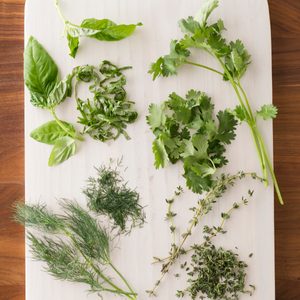
Freeze your herbs.
Similar to greens, fresh herbs like rosemary, basil, or oregano can be stored in the freezer to be used in the future. Pro tip: Chop your herbs and freeze them in an ice cube tray with olive oil so you can just grab a block and stick it in the pan whenever you need it.

Clean with citrus.
Lemons, grapefruits and oranges are not only tasty, they are great for keeping your house spotless (and smelling great). You can toss a chopped up lemon down the garbage disposal to get rid of any lingering odors or use the juice as a wood and glass cleaner. Learn 20 fresh ways to clean with lemon, here.

Brew up a broth.
A smart way to use up leftover produce is to make a vegetable broth. Toss any veggies or scraps that haven’t yet gone bad into a pot on the stove, fill with water, season to taste and let simmer for an hour. This works best with root veggies like celery, carrots, potatoes and onions. Our Test Kitchen will walk you through the steps.
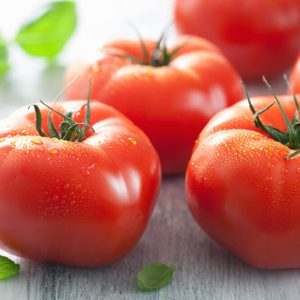
Transform your tomatoes.
Pruny tomatoes don’t have to go to waste. Turn them into a delcious salad addition or pasta mix in by slicing them up, placing them on a baking sheet, then baking on low heat for about 12 hours (yes, really!). They will become tasty “sun-dried” tomatoes.
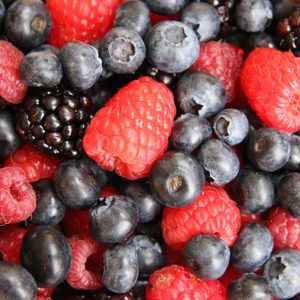
Blend your berries.
If you didn’t get around to eating those strawberries, raspberries, or blueberries, you can use them to make jam or preserves. Heat them in a saucepan with some sugar, stirring constantly, until they’re a thick but spreadable consistency. Then store in the refrigerator for a tasty toast topping.
